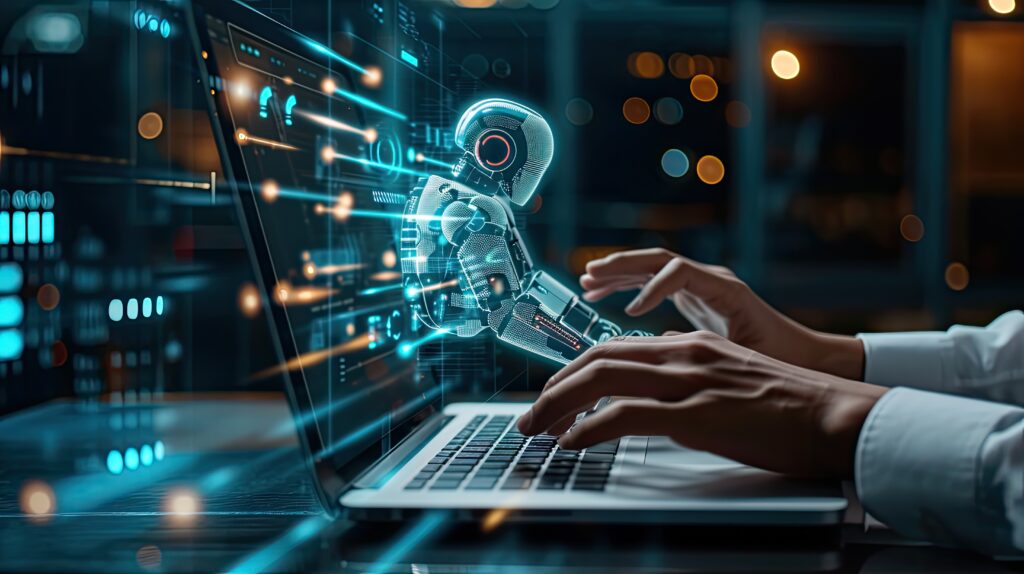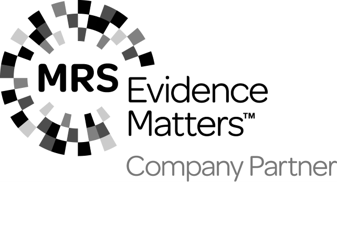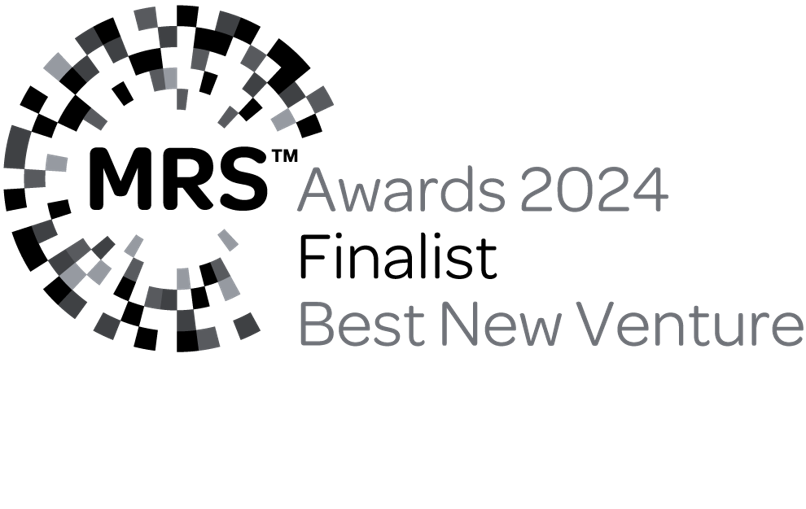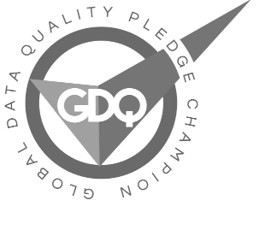“Chris, you’re into AI, aren’t you? Reckon you could write a blog about it, mate?”.
To be fair, I wouldn’t say I’m especially “into” AI. I’ve got an appreciation for it, and amongst my colleagues, you might say I’m one of the early adopters. I’ve dabbled and been using AI tools to help me do aspects of my job for a while now. Why? Well, I like to find out how stuff works, decide if it’s any good, try to break them, and then use the tools that I have confidence in. Breaking them is the best bit – I like reassuring myself that, if push comes to shove, I can still push back against a robot.

So, I fired up a well-known AI-powered platform and asked it to write an article for me. And the result? Well, you know what, it wasn’t too bad. It sounded nothing like me (you can judge whether or not that’s good or bad) and told me that “Artificial intelligence (AI) has become a ubiquitous presence in the modern workplace.” Not only does this sound nothing like me, but it also feels like a huge stretch. And then it occurred to me that AI is the new boy/girl/they doing their utmost to impress. They’ve not quite learnt how we all speak; they’ve learnt some big words and are not afraid to use them.
Like any new hire, AI brings a wealth of potential, but it also requires guidance, oversight, and a healthy dose of scepticism. So, how can we get the best out of it?
Understanding AI’s Role in the Team
AI, like a junior team member, has much to learn. It’s essential to recognise that AI systems are designed to process and analyse data in a way that mimics human cognition, but they do not possess understanding or consciousness. When integrating AI into your team, it’s crucial to define its role clearly and to manage expectations about what AI can and cannot do. The best way to do this is through trial and error, AI can’t do everything but it can do things really well.
Setting Boundaries and Expectations
AI is excellent at handling large datasets, identifying patterns, and making predictions based on the information it has been trained on. However, it lacks the ability to contextualise data the way a human can. AI’s decision-making capabilities are limited, and it’s crucial to know when human intervention is necessary.
Training and Continuous Learning
Just as with any junior team member, training is a key component of AI’s integration. AI models need to be fed quality data and continuously updated to reflect new information and changing dynamics in the market research field. This training process is an ongoing endeavour, much like professional development for human employees.
When AI Goes Bad
AI hallucinations refer to instances where an AI system generates misleading or entirely fabricated information. Unlike human mistakes, which are often random and varied, AI hallucinations can be systematic and based on erroneous patterns learned during training.
Ensuring Quality Data
One of the foundational ways to prevent AI hallucinations is by ensuring that the AI is trained on high-quality, diverse datasets. Garbage in, garbage out, as the saying goes – if the input data is biased or flawed, the AI’s output will likely be unreliable.
Regular Audits and Oversight
AI systems should be audited regularly to assess their accuracy and to identify any patterns of hallucinations. These audits can help teams understand the AI’s limitations and refine its algorithms. It’s also essential to maintain human oversight, especially in critical decision-making processes.
AI Isn’t Always Right
While AI can process vast amounts of data at speeds no human can match, it is not infallible. There are numerous instances where AI has made incorrect predictions or failed to understand the nuances of human language and behaviour.
Recognising the Limitations
AI systems are limited by the scope of their programming and the data they have been trained on. They are not equipped to deal with unprecedented scenarios or to understand context in the way humans do. It’s crucial to recognise these limitations and to incorporate human judgment into the decision-making process.
Case Studies of AI Missteps
Several high-profile cases have highlighted the fallibility of AI. From misidentification in facial recognition software to biased AI in recruitment processes, these examples show the importance of human oversight and the potential consequences of over-reliance on AI.
Best Practices for Working with AI
In order to harness the power of AI effectively and responsibly, it’s important to follow best practices that ensure AI systems are used as beneficial tools rather than being seen as infallible solutions.
Collaboration Between AI and Humans
The most effective use of AI comes from a collaborative approach where AI’s analytical capabilities are paired with human insight and experience. This partnership allows for a more comprehensive analysis and decision-making process.
Ethics and Responsible AI Use
With the power of AI comes the responsibility to use it ethically. This involves being transparent about the use of AI, ensuring privacy and data protection, and being mindful of potential biases in AI algorithms.
Adaptability and Evolution
AI technology is rapidly evolving, and staying abreast of developments in the field is crucial. Teams must be adaptable and ready to evolve their AI strategies as new advancements and best practices emerge.
The Future of AI in Market Research
AI’s role in market research is growing, offering unprecedented opportunities for insight and analysis. As AI continues to develop, it will become an even more integral part of the market research process, but it will always require human expertise to guide and interpret its findings.
At Potentia, we’ve embraced the supportive role of AI with our innovative solution, Potentia Intelligence: Really Know (PI:RK). This tool exemplifies how AI can enhance human expertise rather than replace it. PI:RK embeds smart, AI-driven probes within surveys, gathering rich, nuanced data at scale and customising questions based on responses and research objectives. By combining AI efficiency with human-designed research strategies, PI:RK allows teams to gain deeper insights while maintaining the critical human element in market research. This approach ensures that AI remains in its place as a powerful support tool, amplifying human capabilities rather than attempting to substitute them.
Innovations on the Horizon
The future holds exciting possibilities for AI in market research, from predictive analytics to natural language processing that can interpret social media sentiment. These innovations will provide deeper insights and a competitive edge to those who leverage them effectively.
Preparing for a More AI-Integrated Workplace
As AI becomes more sophisticated, workplaces will need to adapt. This means investing in training, infrastructure, and policies that accommodate a more AI-integrated environment while still valuing and cultivating human talent.
Conclusion
AI, when treated like the junior member of the team, offers immense value to market research and beyond. However, balance in recognising both the strengths and limitations of AI is crucial. By ensuring quality data, regular audits, human oversight, and adherence to ethical practices, businesses can avoid the pitfalls of AI hallucinations and make the most of this powerful tool.
AI is not a replacement for human expertise but a complement to it. By combining the best of both worlds, teams can achieve greater accuracy, efficiency, and innovation.
Looking to get the best out of AI while still keeping the human touch at the forefront? Connect with Chris today to learn how.














